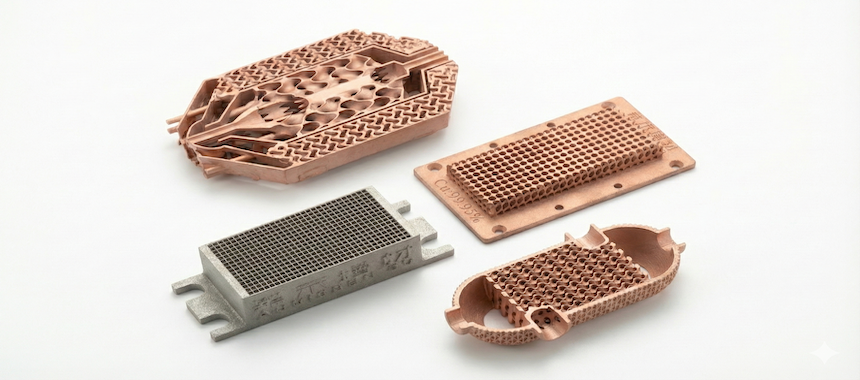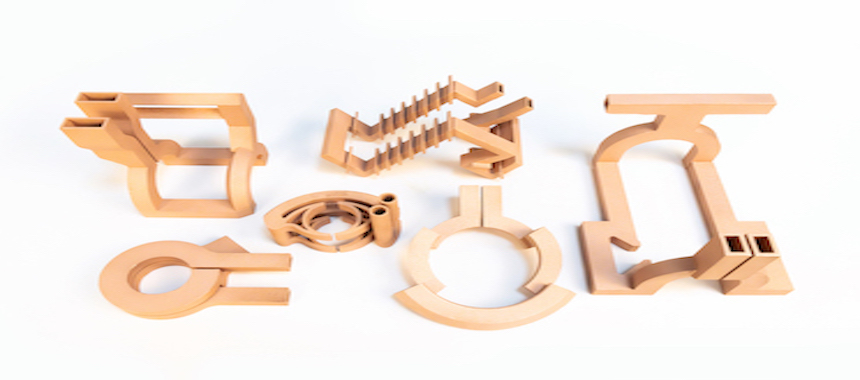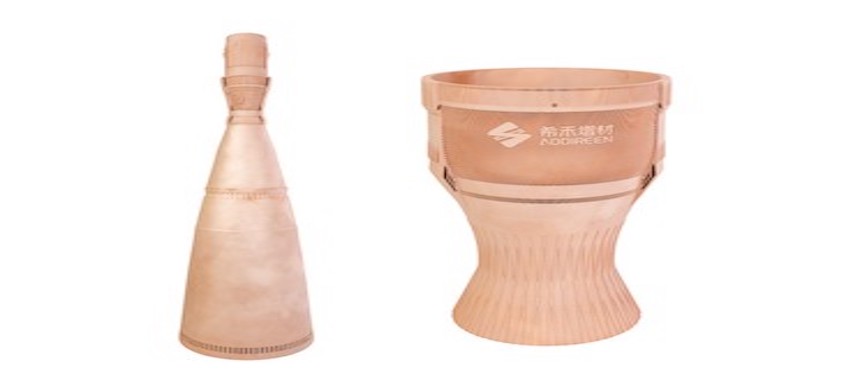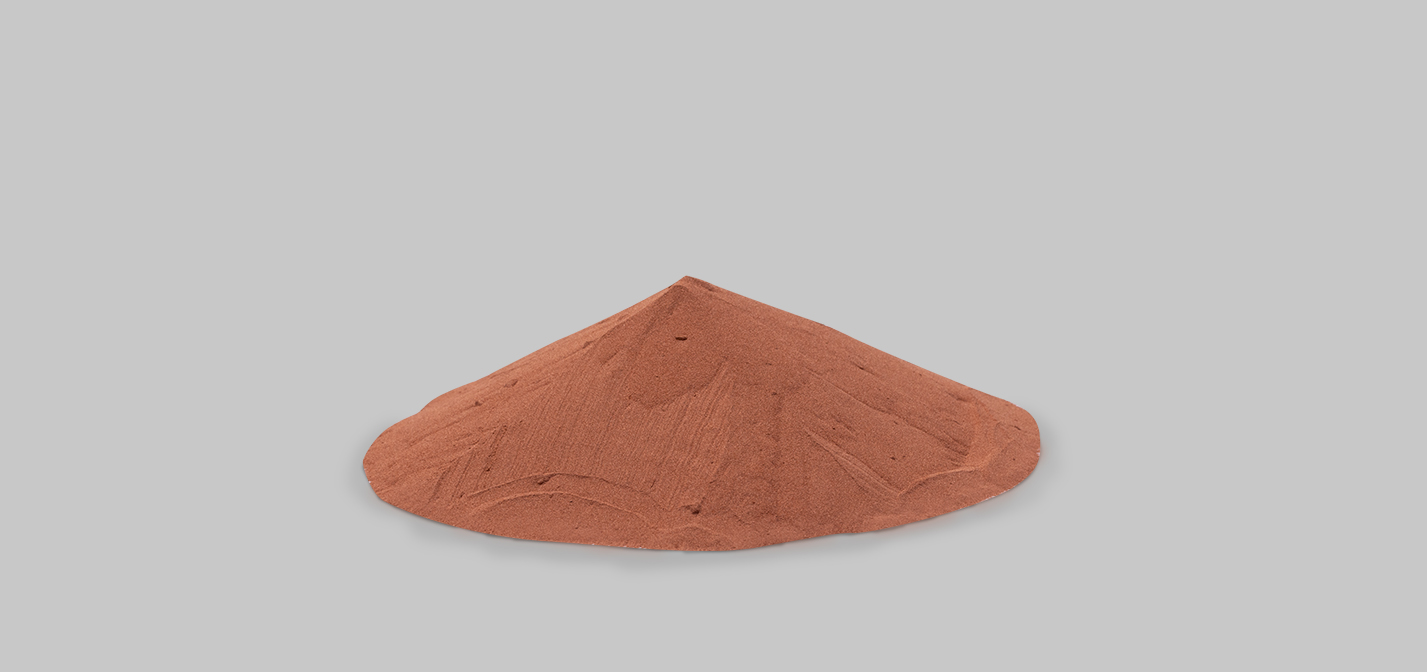Resources
High-frequency Induction Heating Coil

Category:Technology
Area:Home appliances, automobiles, electricity, communications, consumer electronics, rail transit and other fields.
Release time:2024-08-26
Last update:2025-01-02
High-frequency induction heating coils are devices that work using the principle of electromagnetic induction. A coil made of copper is placed near the workpiece to be heated, and a high-frequency current passes through the coil, generating a magnetic field. By using this induced current, the workpiece heats up by itself. These are important electronic components in industrial applications and are widely used in fields such as household appliances, automotive, power, telecommunications, consumer electronics, and rail transportation.
What is a High-Frequency Induction Heating Coil?
Principle of Operation for High-Frequency Induction Coil:
· High-frequency current generates a magnetic field: A high-frequency heating machine converts alternating current (AC) into high-frequency current, which drives the induction coil to generate a high-frequency alternating magnetic field.
· Eddy current heating: When a sleeve (usually made of metal) is placed within this high-frequency magnetic field, eddy currents are generated inside the sleeve. The flow of eddy currents inside the metal produces a large amount of heat, causing the metal to heat up rapidly.
· Localized heating: Since eddy current heating is localized, the high-frequency heating machine can precisely control the position and power of the induction coil, heating only the part of the sleeve that requires thermal expansion without affecting the entire workpiece.
Functions of High-Frequency Induction Coils:
· Quenching: Particularly when the coil has a special shape to ensure coupling effects, it allows for uniform heating. Coils are bent or shaped according to the contour of the part, and they can be round, rectangular, or adapted for special cases, such as cam coils.
· Removing coatings or attachments from metal surfaces.


Traditional Manufacturing vs. Metal 3D Printing
Challenges in Traditional Manufacturing:
1. Complex structures require several mechanical manufacturing steps, including manual bending and welding, leading to high production costs and difficulty in ensuring consistency.
2. Each weld point during the welding process can disrupt the current and cause a significant reduction in performance, affecting the efficiency of the inductor.
3. The limitations of manufacturing processes restrict the shapes of inductors.
Advantages of Metal 3D Printing:
1. The printed coil has no weld points, resulting in a one-piece structure with higher strength and better pressure resistance.
2. Superior load-bearing capability and higher thermal efficiency. The geometry can be more compact and closely follow the component’s contour, improving inductor efficiency.
3. Longer coil lifespan, reducing usage costs.
4. Replaces complex manual multiple welding steps with automated production, enhancing production repeatability and consistency.

I agree to receive industry news, product and service promotions, and all other relevant Addireen communications.
Contact Us
Shenzhen Addireen Technologies Co., Ltd.
Building 7, Detai Technology Park, Dalang Street, Longhua District, Shenzhen, Guangdong, China.
(+86) 193-5719-8013












